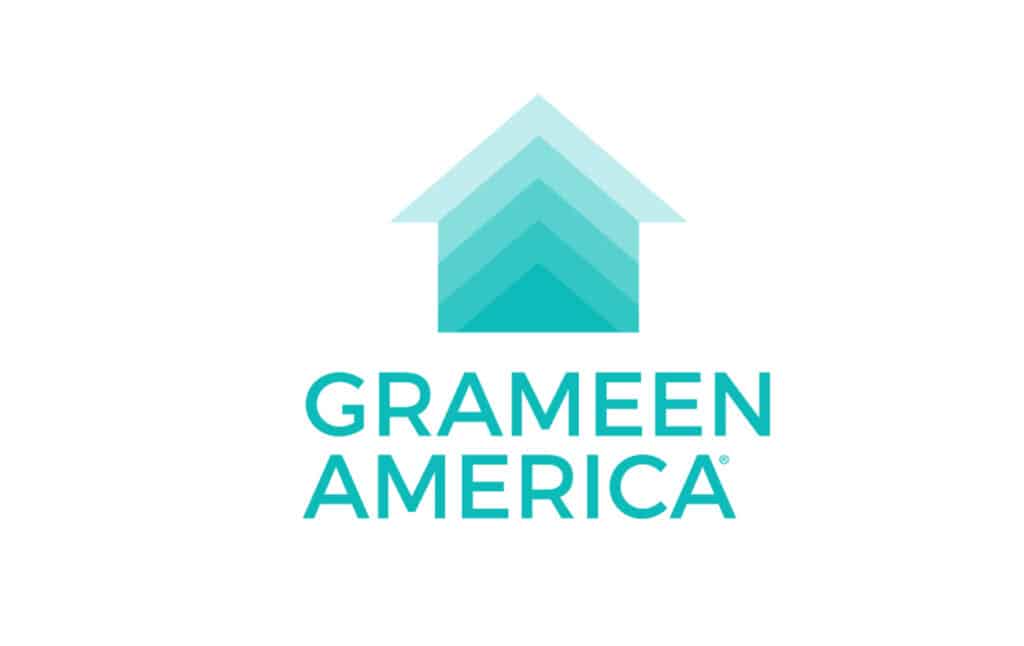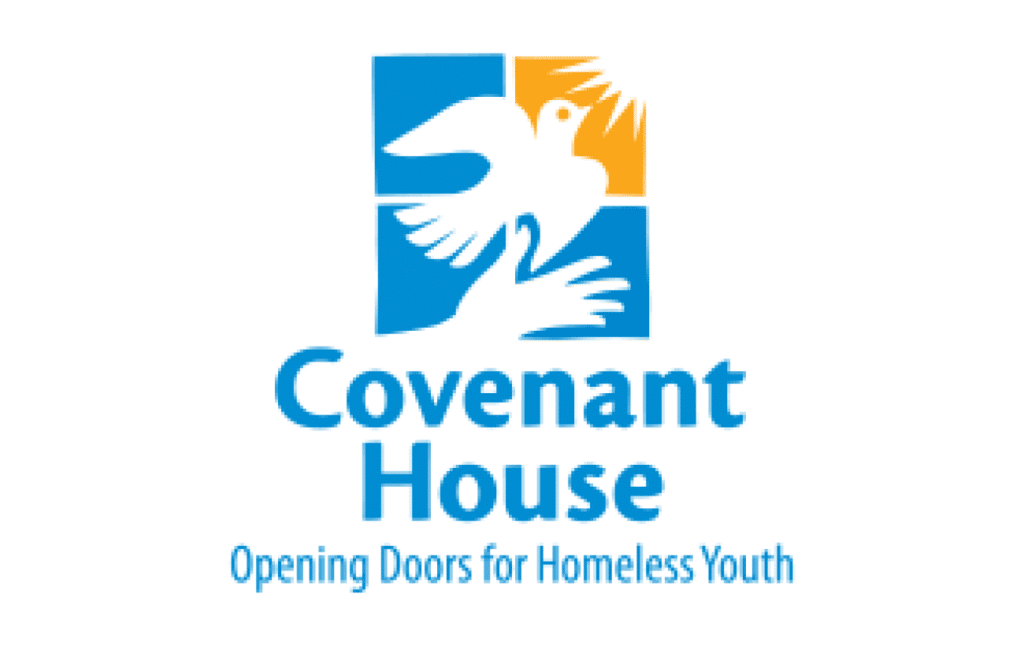Discover three best practices to help you improve customer engagement and increase ROI using social commerce.
Micro-moments allow marketers to connect fragmented customer journeys to ROI and growth while ensuring customer engagement and loyalty. Jay Kulkarni, founder and CEO, Theorem, discusses the best practices to leverage a successful micro-moment strategy to increase customer engagement and maximize ROI in social commerce.
The rising popularity of social commerce has increased the need for brands to leverage micro-moment marketing strategies to ensure steady consumer engagement. As a variety of touch points between brands and consumers create connections when and where customers spend their time, micro-moments help build awareness and deepen engagement across a bevy of digital channels. Nuanced by definition, micro-moments allow marketing teams to connect fragmented customer journeys to ROI, ROAS and growth while simultaneously bolstering customer engagement and loyalty. As a critical element of the modern social commerce strategy, micro-moment marketing enables a streamlined process of cross-channel customer engagement while facilitating a deep level of trust between consumers and brands.
As we look to new digital ecosystems and innovative new tech, there are a few best practices for leveraging a successful micro-moment strategy to stand out in the densely populated social commerce landscape. Let’s look at the three best practices through which modern marketing teams can increase customer engagement and scale ROI.
Omnichannel Marketing
Omnichannel marketing is an approach that seeks to provide customers with a seamless cross-channel experience, whether a customer is shopping at a physical store, online from a desktop or using a mobile device. According to Omnisend’s dataOpens a new window , in 2020, marketers using three or more channels in any campaign earned a 287% higher purchase rate than those using a single-channel campaign. As consumer preferences evolve and media consumption grows more diverse, a marketing landscape bursting with opportunities is created.
Modern customer journeys rarely start and end on the same platform. People may see an interesting product on Facebook, research it on Google, chat with friends about it on their phone, search reviews on TikTok and then purchase the product via an app. Creating and implementing successful omnichannel strategies for social commerce campaigns involves the identification of key channels and platforms. It’s about finding where your brand’s consumers spend their time and creating tailored marketing messaging for each channel that will capture the attention of your ideal customers.
Over the last few years, channels like connected TV (CTV), streaming, new social media platforms, and video content have risen in popularity. Platforms like Instagram, TikTok, YouTube, Snapchat, Spotify and the like have ascended in popularity as the global population increases mobile device usage for social commerce. The average engagement rate of marketing campaigns using three or more channels was 18.96% across all channelsOpens a new window , while single-channel campaigns earned only 5.4%. Marketers must keep an eye on social platform trends to leverage them within their omnichannel strategies.
Identifying effective trends within each key channel offers marketers a better understanding of the proper tools and strategies to use when creating campaigns that drive customer engagement. As consumers jump from platform to platform, marketers must think outside the box to create strategies that not only work for each individual channel but cross-channel to create a methodology that will entice customers to engage with their brand across multiple touchpoints and enable consumers to complete purchases with ease when and where they want.
Dynamic Creative Optimization
Determining the ideal channels to include in a brand’s omnichannel strategy is only the first step in creating a successful social commerce strategy. Once the proper channels and customer bases have been identified, marketing teams need to develop messaging and creative assets for each channel that can resonate with their consumers and drive home their brand value.
The marketing materials’ look, feel, and medium must be executed flawlessly to ensure success.
With the number of channels needed to develop a robust omnichannel-driven social commerce strategy constantly evolving, the need to streamline the production of these digital marketing assets at scale has become critical. This is where dynamic creative optimization (DCO) comes into play. As a vital tool that helps to scale the production of marketing content through automation, DCO is the best way for modern creative and marketing teams to meet the demands of today’s robust customer journeys.
Modern digital marketing and creative teams know that providing customers with relevant, personalized, and engaging experiences is key to success. With nearly 80% of consumers Opens a new window indicating that they only engage with offers if personalized to reflect previous interactions they have had with the brand, according to Epsilon, it is more critical than ever to leverage real-time consumer data within marketing messaging, and DCO allows teams to do that at scale.
DCO is a must-have tool since it allows marketers to optimize digital social commerce strategies in real-time by utilizing data collected from live advertisements. Dynamic creative optimization technology can rapidly build multiple versions of an ad using the same base elements while personalizing parts of the ad, leveraging context, detailed audience data, and previous performance metrics to successfully optimize marketing materials.
To boost digital marketing strategies with data-driven insights, there are four types of highly effective DCOs to keep in mind.
- Feed-driven creatives
- Geotargeting
- User-journey campaigns
- Contextual creatives
Micro-moments allow marketers to connect fragmented customer journeys to ROI and growth while ensuring customer engagement and loyalty. Jay Kulkarni, founder and CEO, Theorem, discusses the best practices to leverage a successful micro-moment strategy to increase customer engagement and maximize ROI in social commerce.
The rising popularity of social commerce has increased the need for brands to leverage micro-moment marketing strategies to ensure steady consumer engagement. As a variety of touch points between brands and consumers create connections when and where customers spend their time, micro-moments help build awareness and deepen engagement across a bevy of digital channels. Nuanced by definition, micro-moments allow marketing teams to connect fragmented customer journeys to ROI, ROAS and growth while simultaneously bolstering customer engagement and loyalty. As a critical element of the modern social commerce strategy, micro-moment marketing enables a streamlined process of cross-channel customer engagement while facilitating a deep level of trust between consumers and brands.
As we look to new digital ecosystems and innovative new tech, there are a few best practices for leveraging a successful micro-moment strategy to stand out in the densely populated social commerce landscape. Let’s look at the three best practices through which modern marketing teams can increase customer engagement and scale ROI.
See More: The Benefits of Igniting Social Commerce With Omnichannel Customer Experiences
Omnichannel Marketing
Omnichannel marketing is an approach that seeks to provide customers with a seamless cross-channel experience, whether a customer is shopping at a physical store, online from a desktop or using a mobile device. According to Omnisend’s dataOpens a new window , in 2020, marketers using three or more channels in any campaign earned a 287% higher purchase rate than those using a single-channel campaign. As consumer preferences evolve and media consumption grows more diverse, a marketing landscape bursting with opportunities is created.
Modern customer journeys rarely start and end on the same platform. People may see an interesting product on Facebook, research it on Google, chat with friends about it on their phone, search reviews on TikTok and then purchase the product via an app. Creating and implementing successful omnichannel strategies for social commerce campaigns involves the identification of key channels and platforms. It’s about finding where your brand’s consumers spend their time and creating tailored marketing messaging for each channel that will capture the attention of your ideal customers.
Over the last few years, channels like connected TV (CTV), streaming, new social media platforms, and video content have risen in popularity. Platforms like Instagram, TikTok, YouTube, Snapchat, Spotify and the like have ascended in popularity as the global population increases mobile device usage for social commerce. The average engagement rate of marketing campaigns using three or more channels was 18.96% across all channelsOpens a new window , while single-channel campaigns earned only 5.4%. Marketers must keep an eye on social platform trends to leverage them within their omnichannel strategies.
Identifying effective trends within each key channel offers marketers a better understanding of the proper tools and strategies to use when creating campaigns that drive customer engagement. As consumers jump from platform to platform, marketers must think outside the box to create strategies that not only work for each individual channel but cross-channel to create a methodology that will entice customers to engage with their brand across multiple touchpoints and enable consumers to complete purchases with ease when and where they want.
Dynamic Creative Optimization
Determining the ideal channels to include in a brand’s omnichannel strategy is only the first step in creating a successful social commerce strategy. Once the proper channels and customer bases have been identified, marketing teams need to develop messaging and creative assets for each channel that can resonate with their consumers and drive home their brand value.
The marketing materials’ look, feel, and medium must be executed flawlessly to ensure success.
With the number of channels needed to develop a robust omnichannel-driven social commerce strategy constantly evolving, the need to streamline the production of these digital marketing assets at scale has become critical. This is where dynamic creative optimization (DCO) comes into play. As a vital tool that helps to scale the production of marketing content through automation, DCO is the best way for modern creative and marketing teams to meet the demands of today’s robust customer journeys.
Modern digital marketing and creative teams know that providing customers with relevant, personalized, and engaging experiences is key to success. With nearly 80% of consumers Opens a new window indicating that they only engage with offers if personalized to reflect previous interactions they have had with the brand, according to Epsilon, it is more critical than ever to leverage real-time consumer data within marketing messaging, and DCO allows teams to do that at scale.
DCO is a must-have tool since it allows marketers to optimize digital social commerce strategies in real-time by utilizing data collected from live advertisements. Dynamic creative optimization technology can rapidly build multiple versions of an ad using the same base elements while personalizing parts of the ad, leveraging context, detailed audience data, and previous performance metrics to successfully optimize marketing materials.
To boost digital marketing strategies with data-driven insights, there are four types of highly effective DCOs to keep in mind.
- Feed-driven creatives
- Geotargeting
- User-journey campaigns
- Contextual creatives
It’s clear that to truly connect and engage customers, ads today need to be personalized. This real-time data collection creates an experience for customers that is more personalized to fit their needs and can help guide these customers into taking action to buy or visit a website upon interacting with an ad. Modern marketing teams must leverage DCO to scale their digital personalization strategies to engage modern consumers and convert them to customers.
Creating Value
Modern consumers have made it abundantly clear that they want brands to both connect with them and educate them. Successful social commerce engagement is rooted in micro-moment strategies that provide clear brand value and connections with consumers through educational content, relatable messaging, and streamlined accessibility to information. The rise in popularity of social commerce through pandemic lockdowns stimulated a need from consumers for deeper connections with brands. Focusing on adding value to your customers through transparent messaging and marketing practices builds consumer trust and loyalty to your brand, which ultimately increases engagement and bolsters the bottom line.
Transparency is a crucial element to be considered while creating content that reaches customers. Modern consumers are calling for brands to implement more transparency in their marketing to enable deeper connections and trust. When thoughtful customer value is added to messaging and practices, consumers will take notice because they’ll feel that brands are actively aware of their presence, understand their needs and want to provide them with a value their brand can provide.
Staying Agile, Relevant, and Relatable
Endemic-era marketing teams are both agile and forward-thinking when developing their social commerce strategies. Focusing on establishing relatable brand value through transparency, implementing robust omnichannel strategies, and tailoring personalization through DCO will allow modern marketing teams to engage with their consumers in personalized and authentic ways.
The key to having a competitive edge in the over-saturated social commerce landscape is leaning into consumer wants and needs. Providing transparency and empathy while developing personalized messages that appeal to customers is the key to increasing engagement and building loyalty to scale ROI.








